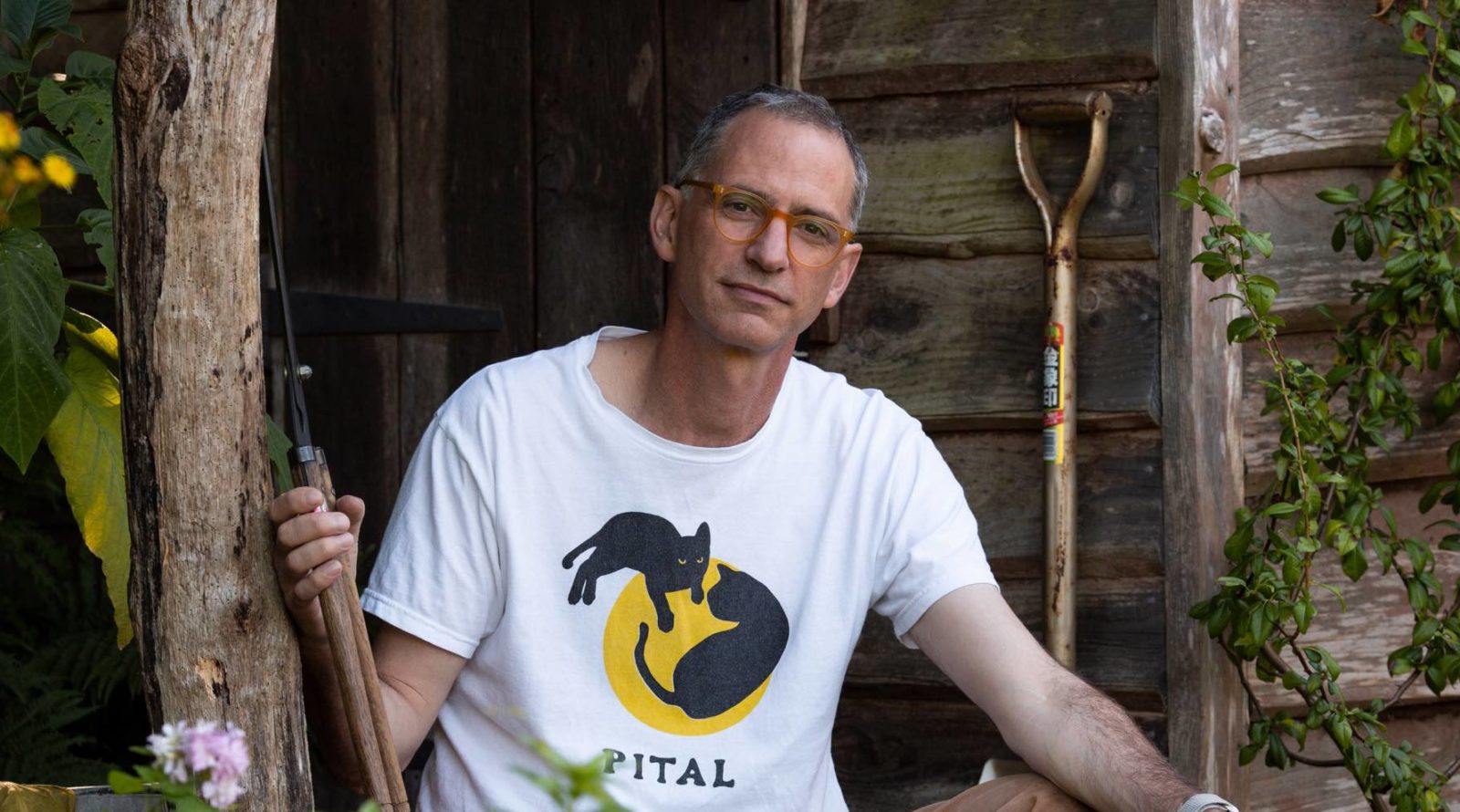Jake Hobson From Niwaki On The Artistry Of Japanese Gardens And Tree Care

Contributions From JAKE HOBSON

Jake Hobson, inspired by a 1997 trip to Japan, explored deep into the artistry of Japanese gardens and tree care. After gaining hands-on experience at a traditional plant nursery in Osaka, he introduced Japanese gardening tools and techniques to Western gardens through his business, Niwaki. His expertise is further showcased through the quality tools offered by Niwaki and his written work.
In 1997, Jake Hobson travelled to Japan, initially drawn by the cherry blossom season.
There, he discovered a profound appreciation for Japanese gardens and tree care – so after spending time learning traditional tree care techniques, Jake returned to England and introduced Japanese gardening tools to Western gardens through his business, Niwaki.
Today, Niwaki offers a curated range of quality gardening tools inspired by Jake’s experiences in Japan, which he shares in this article.
What initially drew you to Japan in 1997, and how did your interest in the cherry blossom season, ‘hanami’, evolve into a passion for gardens and trees?
“I was an art student studying sculpture at the Slade and I was living with a bunch of friends, one of whom had a girlfriend from Japan,” shares Jake.
“The way she talked about Japan made me curious, so I applied for a travel award from UCL to see the cherry blossom for social rather than botanical reasons. I discovered the gardens (which I knew nothing about) and their amazing trees.
“That led to a year teaching English outside Tokyo and then to work at a tree nursery in Osaka.”
What were the most valuable lessons you learned about tree training and pruning whilst there?
“It took a while to really understand and most of what I was introduced to in Japan didn’t really make sense for several years until I’d got back home and started doing things myself,” he explains.
“That was when I realised that the curious shapes of Niwaki in Japanese gardens didn’t happen naturally because of the type of tree, but were artificial.
“I thought plants had to be named japonica to look like that, but the eureka moment was when I showed some photos of Dorset to the boss of the nursery and he pointed to the Scots pines in the background, and said, ‘matsu, onaji’ (‘pines – the same’).
“I argued that they looked completely different to his nursery trees and he made a gesture of cutting scissors with his fingers. Only then did I realise that it’s not so much about the tree itself, it’s what you do to it.”
What inspired you to start Niwaki, and how did you come to realise that Japanese gardening tools could be just as effective in Western gardens?
“Back in the UK, I started pruning for clients and worked at Architectural Plants in Sussex. I was using tools I’d brought back with me, as well as two tripod ladders my brother-in-law had shipped from Japan.
“These were most likely the very first aluminium tripod ladders in the UK, and people noticed. The ladders were particularly useful for hedge work and tall topiary, especially in borders.
“I was doing a lot of box clipping at the time, so the shears and one-handed clippers soon attracted attention, as well as the secateurs I used.”
What’s the most rewarding part of your journey with Niwaki so far?
“I think I get the most pleasure from hearing from happy customers around the world who thank us for making the knowledge, techniques and tools available,” shares Jake.
What advice would you give to someone looking to incorporate Japanese gardening techniques and tools into their own Western garden?
“If you’re thinking of adding Japanese elements to your own garden, think about what attracts you to Japanese gardens and the impact it will have,” he advises.
“Personally, I avoid Japanese ornaments such as lanterns, bridges, paths and fences, and prefer pruning, not to make my garden look deliberately Japanese, but as a way to create a sense of landscape and to bind the garden together.”
Do you have any particular career highlights that you would like to share?
“I’ve been lucky enough to be on television with Carol Klein on Life in a Cottage Garden and Monty Don on Gardeners’ World, and it’s great fun randomly catching a re-run on daytime TV!
“I’ve also worked in some amazing private gardens and met some extraordinary people in the industry.
“As the Niwaki business has grown, I’ve been very proud of how the team has developed, and I’m particularly proud of our shop in Chiltern Street, London, which just celebrated its two-year anniversary.”
Do you have any upcoming projects or collaborations coming up that you are looking forward to?
“As always there are lots of projects and collaborations coming up,” hints Jake.-
“Most of which we can’t talk about just yet, but they include new products, collaborations with exciting partners and travel, all to come in 2024.”

